|
A few years ago I wrote a story about Loire Valley. After attending “Spring to Loire Valley 2018” wine tasting this past week, I thought it would be worthwhile to revisit these noteworthy wines with you. So before I get into the specifics of some of the wines I tasted, let’s review the Loire Valley region. Loire Valley spans 170 miles and is located in the middle stretch of the Loire River, (France’s longest river) in central France. Loire Valley is also called the “Garden of France” noted for its vineyards, floral gardens, castles and historic towns. The Loire Valley wine region is France’s third largest winemaking region and ranks second in production of rosés. The vineyards, situated along the river, stretches from the Atlantic coast to north-central France. The diversity in soil composition and climate along this stretch plays a key role in the production and characteristics of the wine. Pays Nantais region is closest to the Atlantic Ocean and produces Muscadet, made from the Melon de Bourgogne grape. An interesting note, more Muscadet is produced than any other Loire wine. Muscadet tends to be light-bodied and dry. The high acidity and soft citrus notes make for easy food pairing. The Anjou region is best known for its fruity rosés and red wines. Many of Loire Valley’s sweet wines are produced here. Chenin Blanc and Cabernet Franc are the most prominent grapes used. Saumur is considered a premier sparkling wine region in France and is also noted for its red wines made with Cabernet Franc. The main variety of grape for white wines is Chenin Blanc. Due to the chalky soil, the sparkling wines tend to drink like champagne. The red wines lean towards fruity and light-bodied. Touraine has many famous appellations that include Vouvray, made from Chenin Blanc grapes and Chinon and St. Nicolas de Bourgueil, both made from Cabernet Franc. The red wines from this region are made mostly from Cabernet Franc, Gamay and Malbec and tend to be rich in tannins. Most of the white wines are made with Sauvignon Blanc and tend to be dry and refreshing with an edge of fruit and tart. Centre-Loire region is at the center of France. “It is the original home of Sauvignon Blanc and of Sancerre, the world’s most prestigious Sauvignon Blanc wine that sets international standards for the grape”, as cited from Loire Valley Wines. The majority of the wines that come from the Loire Valley are pressed from a single varietal as opposed to most classic French wines that are blended. It is easier to discern the terroir of the single varietal grapes through aroma and taste. There are 24 grape varieties in the Loire Valley. The leading white varietals are Melon De Bourgogne, Chenin and Sauvignon. The leading red varietals are Pinot Noir, Cabernet Franc and Gamay. With 28 wine importers showcasing wines from all four regions, I had the opportunity to taste a wide range of whites, reds, rosés and sparkling wines. Below is a slide show of just a few of the wines I tasted along with a brief summary of wines that caught the attention of my palate. Domaine de Cézin, 2016 Chenin Blanc is from the Jasnières appellation. It is 100% Chenin Blanc grown in limestone and clay soil. Layers of light fruit, honey, floral and minerality on the palate show off the aromatic and off-dry characteristics of this wine. SRP: $24
Domaine des Varinelles 2015 Cabernet Franc is from Saumur-Champigny. It is 100% Cabernet Franc and packs a punch with berries, spice, pepper and cherry. Medium tannins and easy to drink. SRP: $20 Domaine Pascal Jolivet 2016 Sauvignon Blanc is from Sancerre. This is a dry and lively wine with fresh citrus, melon, pear, minerality and a snappy lemon curd finish. SRP: $38 Maurice Bonnamy Cabernet Franc Rosé Sparkling NV Crémant-de-Loire appellation. Fine and foamy bubbles lead to fresh citrus, red fruit and spice with a chalky lemon finish. Nice! SRP: $16.99 Domaine Champeau 2016 Chasselas is from Pouilly-sur-Loire appellation. Chasselas grapes originated in Switzerland and are grown in several countries. Although it is usually blended with Sauvignon Blanc, this particular wine is 100% Chasselas. The wine is mild with citrus and floral overtones, lots of salinity and a sour edge to it. Food pairing can be a challenge, but mushrooms, quiche, cheese and fruit work. SRP: $14.99 Domaine Valery Renaudat, 2016 Pinot Gris Rosé is from the Reuilly appellation. This 100% Pinot Gris has layers of citrus, floral, peach and strawberry. Lively acidity with a hint of a bitter finish. SRP: $17.99 Jean Michel Gautier/Domaine de la Racauderie Grolleau Rosé Sparkling NV This 100% Grolleau comes from Touraine appellation. Persistent fine bubbles with soft sweetness, red fruit and lively acidity. Fresh and dry. SRP: $22.99 Domaine du Colombier-Mouzillon-Tillières 2012 Melon de Bourgogne This 100% Melon de Bourgogne is from Muscadet-sèvre-et-Maine appellation. More than two-thirds of total Muscadet production comes from this appellation. The wine is tangy with flinty notes, salinity and hints of apple and mild fruit. SRP: $19.99 Domaine de la Colline 2016 Cabernet Franc is from Chinon appellation. This 100% Cabernet Franc is medium-bodied and earthy with notes of dark fruit and plum. Hints of floral and soft fruit remain on the palate. SRP: $14.99 The wines of the Loire Valley range in style and complexity. So, no matter what you like to drink, whether it’s white, red, rosé or sparkling, crisp, dry, sweet, fruity, racy, edgy, earthy or robust, Loire Valley has a wine that is sure to please your palate. Cheers! Penina To leave a comment or if you have an inquiry, please contact me at [email protected] 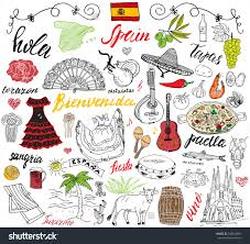 It’s a perfect day for a trip into the Big Apple. I’m attending Spain’s Great Match: Wine Food Design. In addition to a walk around tasting, I will be attending a few seminars as well. 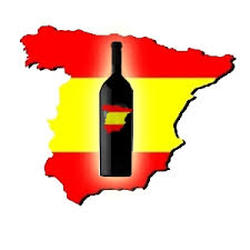 I’m sure I will have lots to share with you upon my return from “Spain”. Have a great Wine Wednesday!
Cheers! Penina 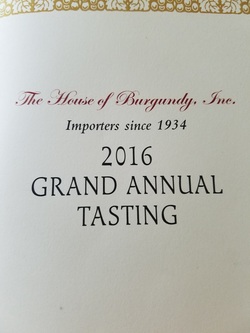 Monday was a rainy day. And, what better way to spend it than sampling wines of The House of Burgundy’s 2016 Grand Annual Tasting inside the ballroom of The Harmonie Club in NYC. 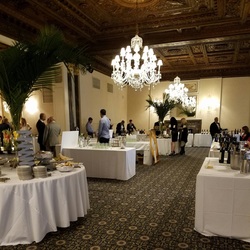 Many countries and producers were represented at the event. I began my tour tasting wines from countries that I had never tried before, such as Bulgaria, Turkey, Lebanon and Japan. I then explored wines from Argentina, France, Greece, Italy and the USA. In addition to the wines, I tried a wonderful spirit from Turkey called Efe Raki. I heard countless and fascinating stories about wineries steeped in history and I tasted some memorable wines that I would love to share with you. Since I am short on time today, I’ll tell you about a few wines/spirit and save the rest of my stories for future posts. I was quite impressed with Vini Wines from Bulgaria. Imported by Bulgarian Masters Vintners and produced specifically for them, Vini Wines is the best-selling Bulgarian wine brand in the U.S. The wines are produced in Bulgaria’s Southern Thracian Valley, an area that has a long history of wine production. The 2015 Vini Sauvignon Blanc (100%) was crisp with notes of citrus and peach. Nice acidity and a pleasing finish make this an easy wine to pair with many foods. The 2015 Vini Pinot Noir (100%) was full of dark fruit and spice with hints of cherry. The tannins were ripe. Spice and hints of vanilla lingered on the finish. All the Vini wines have an alcohol content that ranges from 12% to 13%. The price point is around $8.99 and worth exploring! Heading over to Turkey, I was dazzled and intrigued by the Efe Raki display. Efe Raki is an unsweetened alcoholic drink made from dried or fresh grapes and flavored with anise seeds. It is similar in taste to Ouzo. Raki is also called Lions Milk due to the fact that the clear liquid turns milky when water is added. Served in typical Raki glasses, this is a drink that goes well with light appetizers or mixed in cocktails. I tasted the Efe Fresh Grapes Raki (Green bottle) The aroma of aniseed was quite strong and pleasantly intoxicating but was softer on the palate than ouzo or Pernod. Alcohol is 45% and the price range is $15 to $21 depending on which bottle you buy. Check out their website which has lots of interesting information about Raki history and tradition. http://www.eferaki.com Have a happy Wednesday!
Cheers! Penina 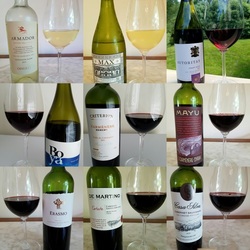 In my last post I reviewed nine bottles of wines from Chile. Needless to say, I had a lot of wine remaining in the bottles. 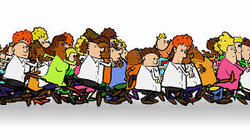 One of the perks of reviewing wine is sharing the leftovers with my “wine lover” friends. So, when word went out, they were lined up at the door with wine glasses and wine tote bags in hand! It was a fun weekend! I’ll be back this week with more adventures and wine reviews. However, it’s a beautiful day and I’m off to embrace it!
Happy Monday! Cheers! Penina 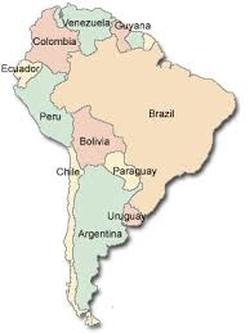 Last week I attended the Descorchados (uncorked in Spanish) Wine Tasting in NY. Seventy-three wineries were represented from Argentina, Brazil, Chile and Uruguay. In addition to tasting some outstanding wines, I had the opportunity to meet and talk with many of the winemakers one on one. There were stories to be told and wines to be shared. Many of the wine labels were quite whimsical, capturing the history and stories of the wineries. So…let me start with Argentina and one winemaker. When one thinks of wine from Argentina, Malbec is usually the first wine that comes to mind. Mendoza, Argentina is considered the “heart of wine growing” in this country. Over 70% of all Argentine wine comes from Mendoza, which includes about 85% of its Malbec! In addition, Bonarda, Cabernet Sauvignon, Merlot, Tempranillo, Syrah and a small amount of Cabernet Franc are among the grapes that are grown there. The Chardonnays and Sauvignon Blanc are eye openers, as well as the recent comeback of Semillón. 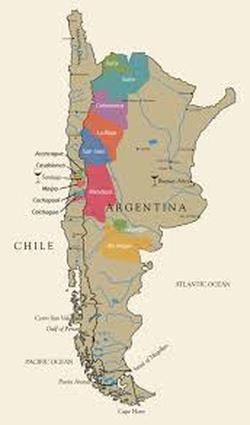 At the wine tasting, I “toured” around Argentina from north to south and in between. The most significant wine valleys of Argentina are The Calchaquies Valleys, La Famatina Valleys, San Juan and of course, Mendoza. Each wine valley produces a particular grape, style and flavor. Depending on the terroir, a grape can have completely different or distinct characteristics when grown in just a slightly higher or lower elevation. Matias Riccitelli is the proprietor and winemaker of Riccitelli Wines, located in Mendoza. Born and raised in Argentina, he is the son of renowned Norton winemaker Jorge Riccatelli. Using traditional techniques as well as the newest technology, Matias has created some exceptional wines. He poured four unique wines for me, starting with “Hey Malbec!” a 100% Malbec grown in Luján de Cuyo. It was soft, juicy and pure. He then poured “The Apple Doesn’t Fall Far From the Tree”, another 100% Malbec harvested from three different vineyards. This was more complex, yielding a richer palate and more pronounced tannins. And I quote from his website “Just as an apple doesn’t fall far from the tree, a wine cannot be made without a story. My winemaking reflects what I was taught by my family and reflects the passion that characterizes each one of us”. The third 100% Malbec he poured was República Del Malbec. The grapes were grown in Vistabula and Luján de Cuyo. The wine was concentrated and smooth with lush berries and spices. “We made this wine in honor of all those immigrants who planted, worked and taught us, gave us the blessing of our flagship varietal who for over 100 years lives in this land, which has taken a unique identity in the world.” The last wine Matias poured was a 2015 Old Vines Semillón that is a new addition to his portfolio. The vineyards are located in Rio Negro and are said to be around seventy years old, which is key to the quality and natural balance of the wines. The wine was lively, fresh and had just the right amount of “sweet”. It was a treat to taste it. Matias’s enthusiasm and passion for his wines is contagious! I look forward to trying more of his wines soon! http://www.matiasriccitelli.com 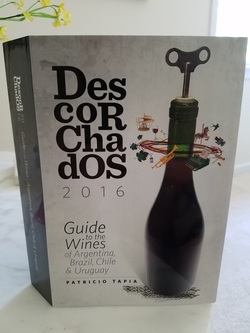 As I was leaving the event, I was given a copy of “Descorchados 2016 Guide to the Wines of Argentina, Brazil, Chile & Uruguay”. Written by Patricio Tapia a noted wine critic, this comprehensive 960-page book (weighing 4 pounds) is the 17th edition. I will write about more of the Argentine winemakers I met in future posts. There is also more to come with regard to Chile, Brazil and Uruguay!
Happy Tuesday! Cheers! Penina |
Categories
All
|

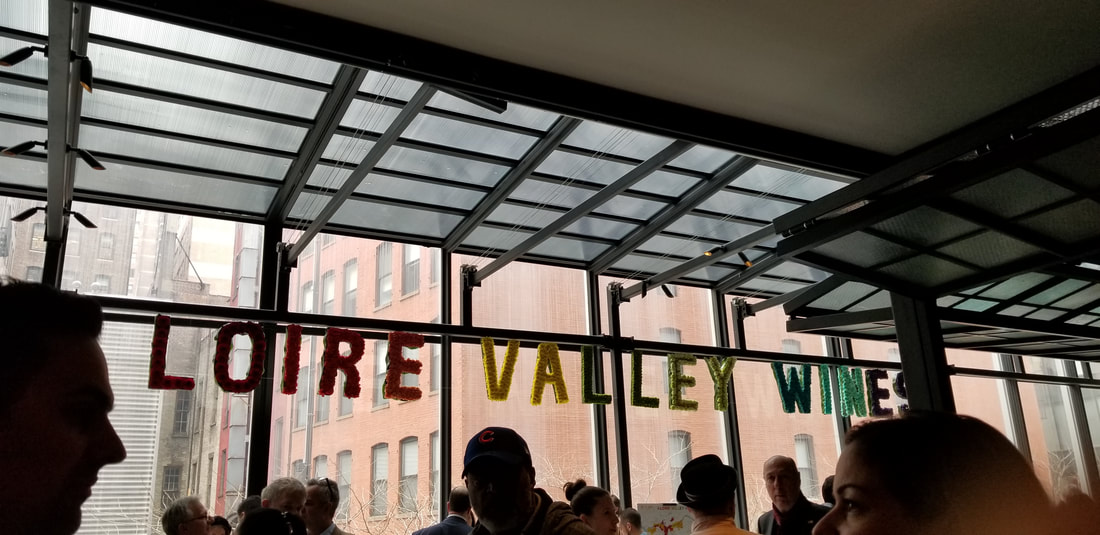
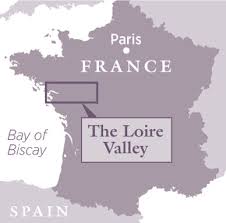
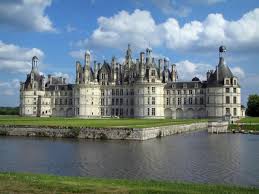
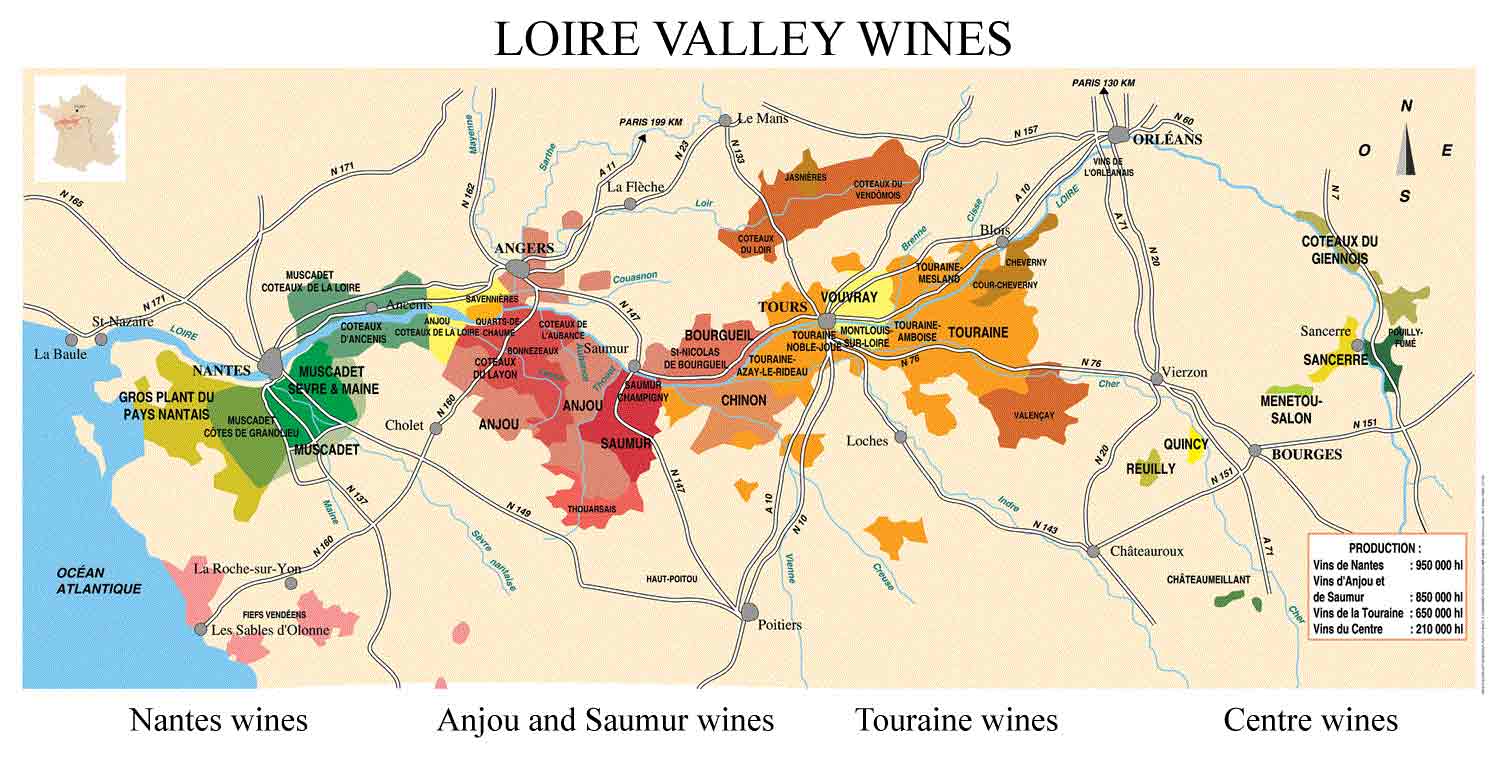
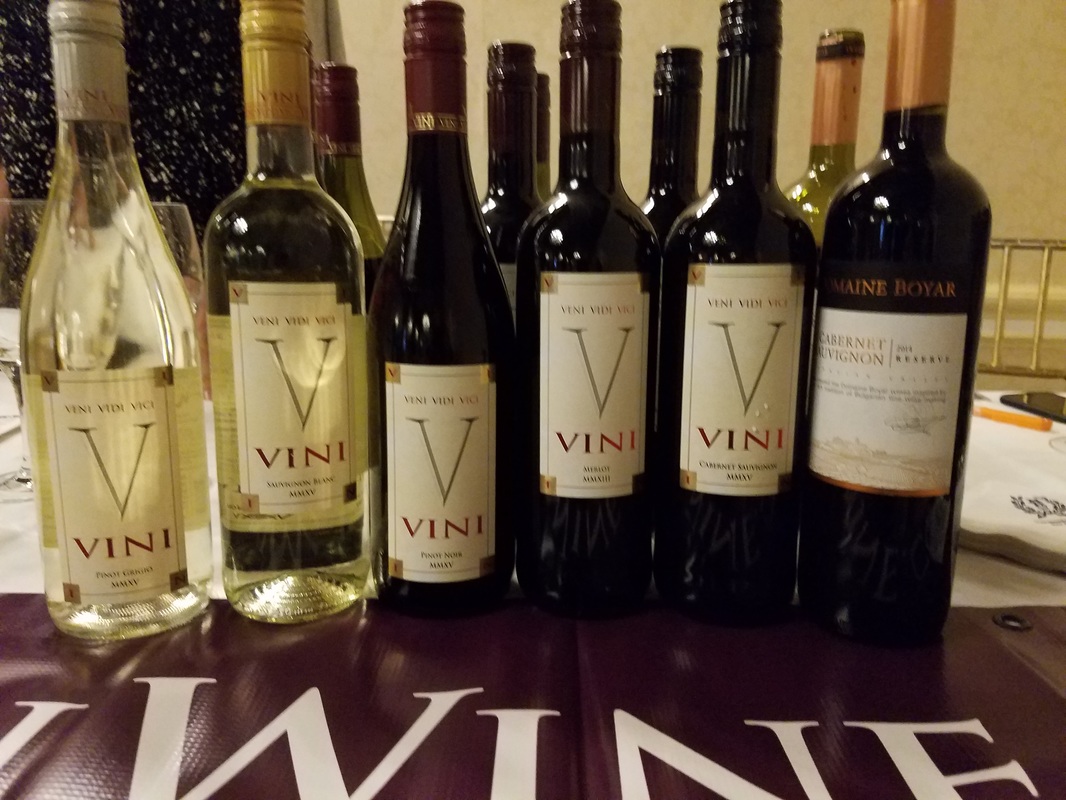
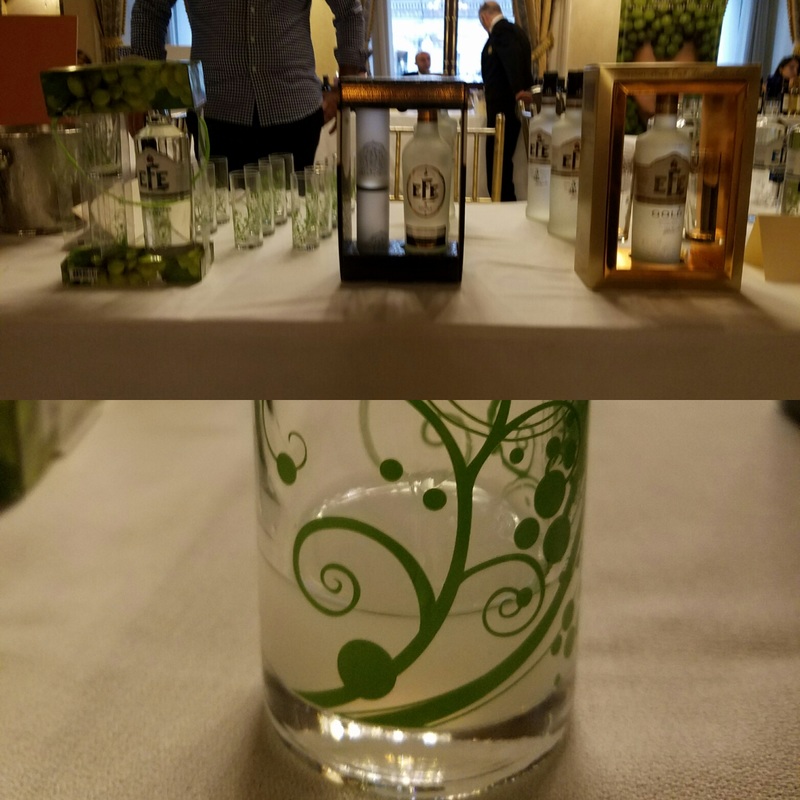
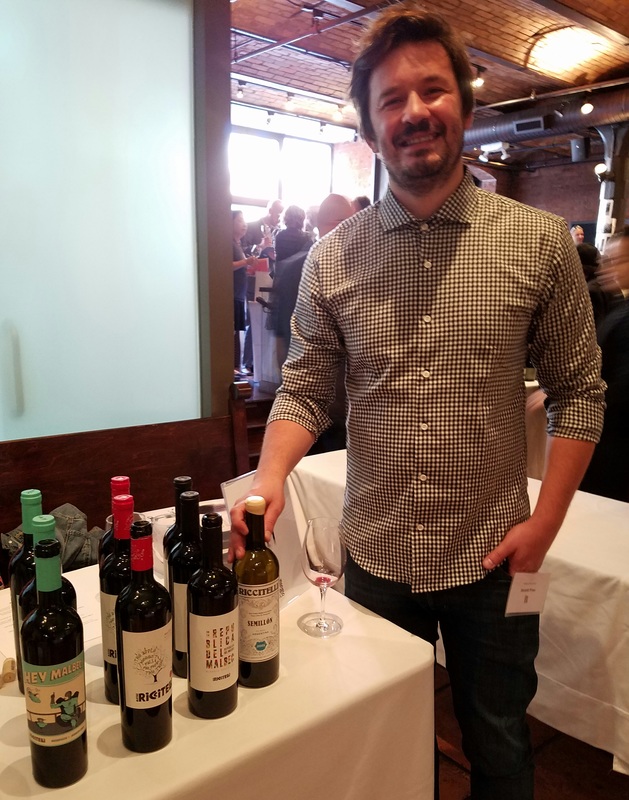
 RSS Feed
RSS Feed